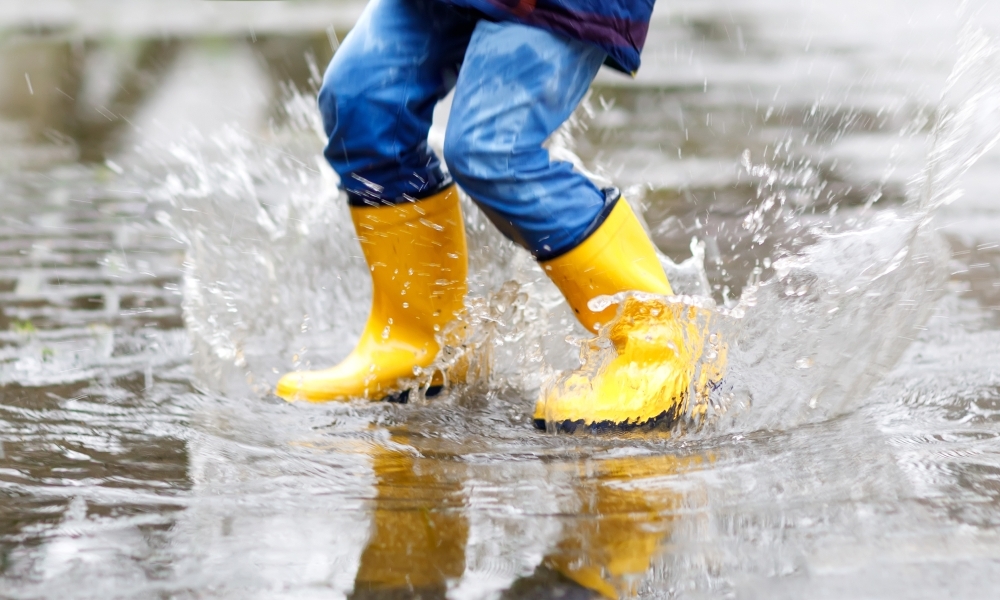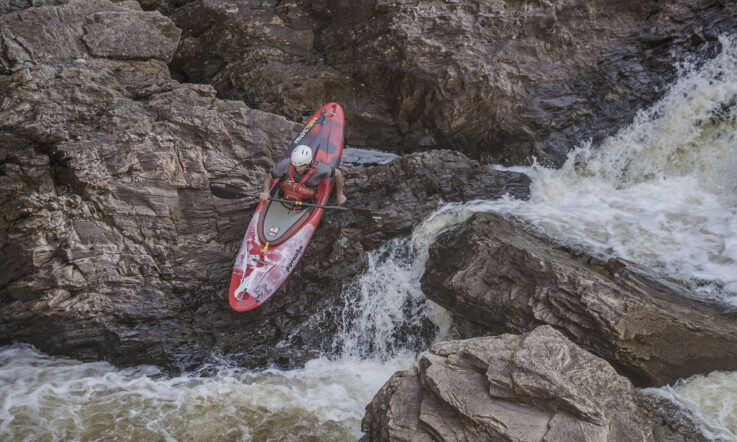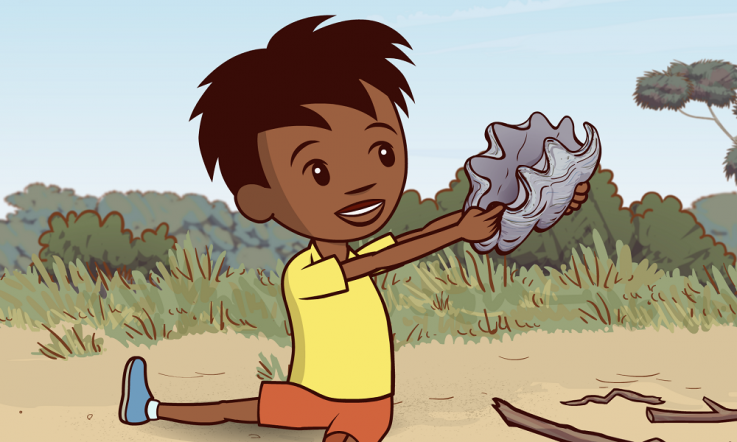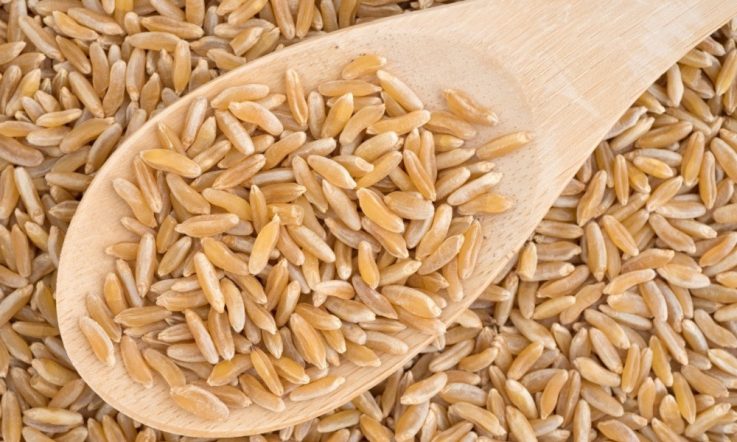Change is happening everywhere, including education. A 2018 position paper from the OECD – The future of education and skills: Education 2030 – offers detailed commentary around the transformations that are needed and the role that education can play in preparing students for their future.
Steiner education uses an imaginative delivery of knowledge and skills so that curriculum is about the pictures that speak to children according to their developmental age. I believe it is in a very strong position to address all the principles outlined in the OECD report. Here, I look at one area in particular – student engagement with nature.
The Wild Cherry Steiner School is a K-6 school in Bairnsdale, Regional Victoria. Our students have access to the sensory and nature rich spaces in the school grounds and the local surroundings create opportunities to access the Gippsland Lakes, the Ramsar (UNESCO Convention on Wetlands)-listed wetlands and Ninety Mile beach. So, learning from nature plays an important part in the education of all the children at Wild Cherry.
The Australian Steiner Curriculum can be sequenced horizontally, topics correspond across age and development levels so that differentiation occurs naturally; an important consideration, especially in composite classes. Assessments are mostly formative and ipsative – taking into account the whole child and their biography.
Sea eagles, puddles and bowerbirds
One of the considerations from the OECD position paper is that students will ‘need to engage with the natural world, to appreciate its fragility, complexity and value,’ (OECD, 2018, p. 5) and at this point I’d like to offer a story from our own school:
It was about 11:00 on a cool and cloudy day late last year and a group of 10- and 11-year-old children (Class 4/5), were on a minibus travelling slowly along one of the silt jetties that extends into Lake King. These jetties are the two fingers of silt built up over many years by the Mitchell River. They extend about three kilometres into the lake. The children were out to learn more about their natural environment; the lakes, the river, the wetlands and the surrounds. The children had earlier spent quite some time walking along the narrow, open path surrounded on three sides by water. The path leads to a small point from which you can see the channel created by the river as it pushes into the lake. Back on the bus, and as the children looked out over the water, a sea eagle rose overhead, circled and flew off. It had been disturbed and left the eel on which it had been feeding on the rocks. No-one else was around. A cormorant flew off. The children took notice and for a moment they were speechless. In their outings, the children are guided by these questions, which also frame their responses in their nature journals: ‘What do you see, hear, smell?’, ‘What is happening that you can see?’, ‘How does the scene look “together”?’
A moment like this is a rare thing but it underscores the important part the natural world can play in a learning and teaching program and driving those experiences are the senses. Michael D’Aleo (2003) describes teaching as providing an environment that is a balance of sensation and context and that it is nature that is unsurpassable in providing that balance.
From a young age, the children at the Wild Cherry School are immersed in sensory experiences; beginning in the early years when puddles become lakes on which curiosity and conjecture flourish – for instance, the exploration of what materials (leaves, bark, seed pods, sticks) will float. Or the waves that get created as the children stamp and splash about, settle and the water then creates reflections. The experience becomes the story of the earth and the water cycle, not as a concept but as a connection – it is the meeting of senses and imagination. So, for both the early years children, in their sensory, play-based and nature rich environment, and the middle years children on an outing, it is the senses that feed the learning in a living manner. In these instances learning is about the natural environment. Thomas Beery and Kari Anne Jørgensen describe experiences of the natural world as critical to children’s ‘cognitive, social, emotional and moral development,’ (Berry & Jørgensen, 2018, p.14).
The value of learning from the natural world can also be seen in the space behind the Wild Cherry School. It is an overgrown tangle but for the children it is a ‘secret garden’. In the middle of the secret garden there was, last year, a bowerbird’s actual bower. So, for the children it meant seeing the bower, the growing collection of blue objects and the occasional sighting of the birds. From that lived experience came the story and the learning of a natural system and on this Tricia Herbert makes the point that ‘through immersion in local ecology, children can forge deep emotional bonds between themselves and the Earth with which they live,’ (Herbert, 2008, p. 63).
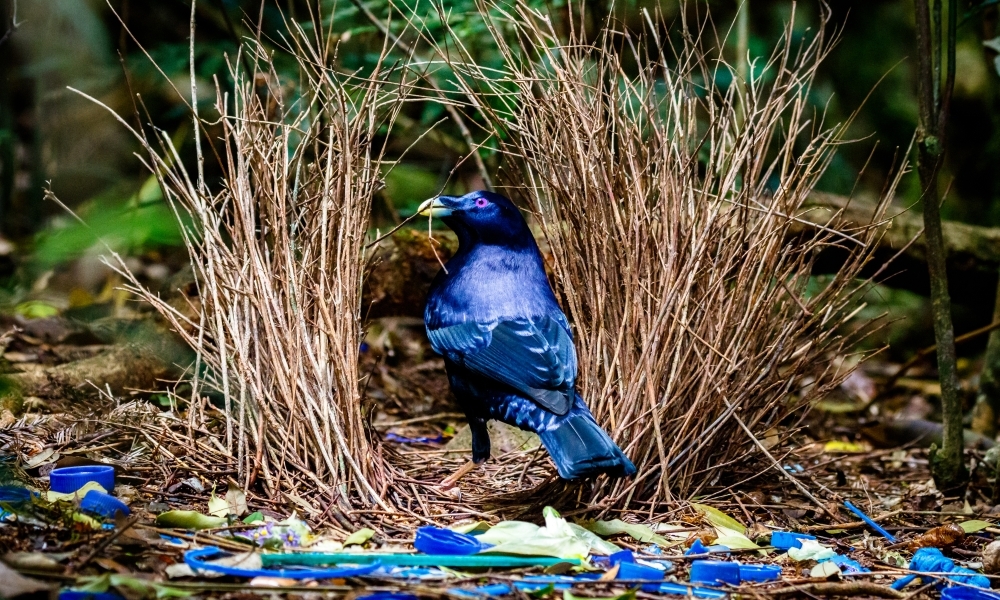
[A male satin bowerbird sitting in his bower with his collected blue objects. Image: Luke Shelley/Shutterstock]
A further consideration for the value of lived sensory experiences is what Sally Jensen (2016) states as the difference to learning ‘about’ the environment. Jensen argues that learning ‘about’ the environment sets up an ‘externalised world; a highly flawed worldview’ that is separate from the internalised understanding of the environment as described above.
The types of lived experiences – of sea eagles, puddles and bowerbirds – that children at the Wild Cherry School have been exposed to develop highly respectful attitudes to the natural world; those that can contribute to a greater understanding of sustainability for the future.
References
Beery, T., & Jørgensen, K. A. (2018). Children in nature: sensory engagement and the experience of biodiversity. Environmental Education Research, 24(1), 13-25. https://doi.org/10.1080/13504622.2016.1250149
D’Aleo, M. (2003). What is Phenomenoloy in Waldorf Science? Waldorf Science Newsletter, Volume 10, #19.
Herbert, T. (2008). Eco-intelligent education for a sustainable future life. In I. Pramling Samuelsson & Y. Kaga (Eds.), The contribution of early childhood education to a sustainable society. (pp. 63-67). UNESCO, Paris.
Jensen, S. (2016). Empathy and Imagination in Education for Sustainability. Canadian Journal of Environmental Education, 21, 89-105.
Organisation for Economic Cooperation and Development (OECD). (2018). The future of education and skills: Education 2030. The Future We Want. OECD Position Paper. OECD Publishing https://www.oecd.org/education... (PDF, 3MB)
In a typical school term, how often do your students have the opportunity to learn from nature? Thinking about your local area, what sites could you incorporate into your own teaching? What about areas within the school grounds?
